Many of you know that I'm a cultural anthropologist. Each year, I teach an introductory course in the discipline. One of the most difficult segments of the semester is the part of the course in which I have to discuss the complex topic of "race" as it is commonly viewed and understood here in the United States.
Reading and participating in the discourse here on Daily Kos has been an eyeopener for me. I am an active member of Black Kos, and usually stick my nose into diaries where "race" and "racism" are often discussed with fervor, and even contentiousness. I thought it might be useful to share with all of you, a simple exercise I've developed, to open the discussion of "race" with my students. Please join me in taking a short visual test, after some background data.
As you all know, much of the demographic data on citizens of the US is compiled every 10 years from the census.
The first census after the American Revolution was taken in 1790, under Secretary of State Thomas Jefferson; there have been 21 federal censuses since that time.
The ways in which the government collects these data have changed significantly over time.
Currently "race" and ethnicity data is collected under these definitions:
Race and ethnicity in the United States Census, as defined by the United States Census Bureau and the Federal Office of Management and Budget (OMB), are self-identification data items in which residents choose the race or races with which they most closely identify, and indicate whether or not they are of Hispanic or Latino origin (ethnicity).[1][2]
The racial categories represent a social-political construct designed for the race or races that respondents consider themselves to be and "generally reflect a social definition of race recognized in this country."[3] The OMB defines the concept of race as outlined for the US Census as not "scientific or anthropological" and takes into account "social and cultural characteristics as well as ancestry" using "appropriate scientific methodologies" but not "primarily biological or genetic in reference."[4]
Race and ethnicity are considered separate and distinct identities, with Hispanic or Latino origin asked as a separate question. Thus, in addition to their race or races, all respondents are categorized by membership in one of two ethnicities: Hispanic or Latino, and Not Hispanic or Latino. In 1997, OMB issued a Federal Register Notice which provided revised racial and ethnic definitions.[5]
The methodology, of self-identification is rather new. In the past, when census data was collected door to door, the census taker had the responsibility to determine "race" by visually examining a person, or persons in a household and selecting from a narrow group of categories.
Data has been collected on "race" since the first census, as mandated by the Constitution.
Representatives and direct Taxes shall be apportioned among the several States which may be included within this Union, according to their respective Numbers, which shall be determined by adding to the whole Number of free Persons, including those bound to Service for a Term of Years, and excluding Indians not taxed, three fifths of all other Persons.
The 3/5 persons were "black" people who were enslaved.
So "race" and how it was determined was built into the founding stones of the census, and our democracy.
Let us look at the census of 1880, and instructions to enumerators.
Color.—It must not be assumed that, where nothing is written in this column, "white" is to be understood. The column is always to be filled. Be particularly careful in reporting the class mulatto. The word is here generic, and includes quadroons, octoroons, and all persons having any perceptible trace of African blood. Important scientific results depend upon the correct determination of this class in schedules 1 and 5.
By the phrase "Indians not taxed" is meant Indians living on reservations under the care of Government agents, or roaming individually, or in bands, over settled tracts of country.
Indians, not in tribal relations, whether full-bloods or half-breeds, who are found mingled with the white population, residing in white families, engaged as servants or laborers, or living in huts or wigwams on the outskirts of towns or settlements are to be regarded as a part of the ordinary population of the country for the constitutional purpose of the apportionment of Representatives among the States, and are to be embraced in the enumeration.
The 1900 census after much debate dropped the "mulatto" category, resorting to simply "black" for anyone who looked as if they were of African descent.
- Column 5. Color or race.—Write "W" for white; "B" for black (negro or of negro descent); "Ch" for Chinese; "JP" for Japanese, and "In" for Indian, as the case may be
In 1910 however, mulattos were back in.
- Column 6. Color or race.—Write "W" for white; "B" for black; "Mu" for mulatto; "Ch" for Chinese; "Jp" for Japanese; "In" for Indian. For all persons not falling within one of these classes, write "Ot" (for other), and write on the left-hand margin of the schedule the race of the person so indicated.
- For census purposes, the term "black" (B) includes all persons who are evidently full-blooded negroes, while the term "mulatto" (Mu) includes all other persons having some proportion or perceptible trace of negro blood.
This continued in 1920,
- Column 10. Color or race.—Write "W" for white, "B" for black; "Mu" for mulatto; "In" for Indian; "Ch" for Chinese; "Jp" for Japanese; "Fil" for Filipino; "Hin" for Hindu; "Kor" for Korean. for all persons not falling within one of these classes, write "Ot" (for other), and write on the left-hand margin of the schedule the race of the person so indicated.
- For census purposes the term "black" (B) includes all Negroes of full blood, while the term "mulatto" (Mu) includes all Negroes having some proportion of white blood.
and was made more elaborate in 1930, with the interesting twist of defining Indian Negro mixtures as Negro.
- Column 12. Color or race.-Write "W" for white, "B" for black; "Mus" for mulatto; "In" for Indian; "Ch" for Chinese; "Jp" for Japanese; "Fil" for Filipino; "Hin" for Hindu; "Kor" for Korean. For a person of any other race, write the race in full.
- Negroes.-A person of mixed white and Negro blood should be returned as a Negro, no matter how small the percentage of Negro blood. Both black and mulatto persons are to be returned as Negroes, without distinction. A person of mixed Indian and Negro blood should be returned a Negro, unless the Indian blood predominates and the status as an Indian is generally accepted in the community.
- Indians.-A person of mixed white and Indian blood should be returned as Indian, except where the percentage of Indian blood is very small, or where he is regarded as a white person by those in the community where he lives. (Se par. 151 for mixed Indian and Negro.)
- For a person reported as Indian in column 12, report is to be made in column 19 as to whether "full blood" or "mixed blood," and in column 20 the name of the tribe is to be reported. For Indians, columns 19 and 20 are thus to be used to indicate the degree of Indian blood and the tribe, instead of the birthplace of father and mother.
- Mexicans.-Practically all Mexican laborers are of a racial mixture difficult to classify, though usually well recognized in the localities where they are found. In order to obtain separate figures for this racial group, it has been decided that all person born in Mexico, or having parents born in Mexico, who are not definitely white, Negro, Indian, Chinese, or Japanese, should be returned as Mexican ("Mex").
- Other mixed races.-Any mixture of white and nonwhite should be reported according to the nonwhite parent. Mixtures of colored races should be reported according to the race of the father, except Negro-Indian (see par. 151).
How interesting that none of this is in reality scientific. It certainly points to the politics of categories and classifications, and to the development of what anthropologist Marvin Harris has defined as the rule of hypodescent, more often known as the "one-drop rule"
Hypodescent is the practice of determining the classification of a child of mixed-race ancestry by assigning the child the race of his or her more socially subordinate parent. Because Caucasians were historically socially dominant in the Western world, mixed-race children in slave societies were most frequently assigned the status of their non-Caucasian parent. This was also to keep them classified as property, which slaves were. In some colonial societies, however, especially the Catholic Portuguese, Spanish and French, a third class of "people of color" developed
.
So let us now play a little game I give my students. I am posting some photos of people born before 1930. Please become a census taker of the time, and select the "race" of the person you see in each photo.
You may select from the following categories.
White
Black
Mulatto
Indian
Hispanic (a later category, but I have added it here because it helps me discuss race/ethnicity with students)
In the interest of time, and brevity, I will not ask you to do the extended exercise I do with students, because they are asked to assign ethnicity/nationality and occupation, and social status to the people in the photos. They also get 20 photos.
They are also asked to pick the person with the highest social status from among the group. I will ask you to make that choice. Then explain "why" you made that selection.
I will post the answers in a comment to the diary. Please do the exercise before looking at the answers, and I ask that you post what you got "wrong" and what you got "right".
NUMBER ONE
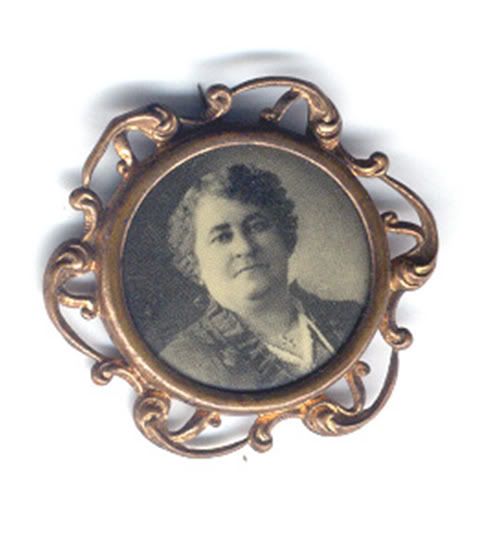
NUMBER TWO
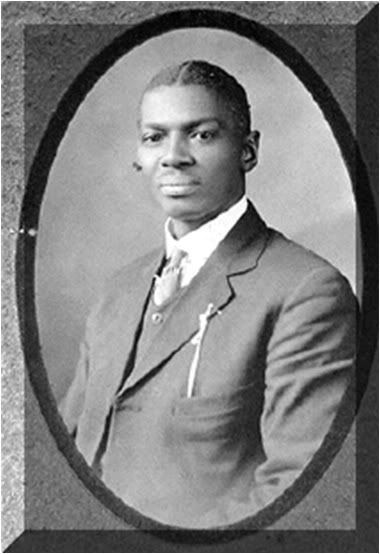
NUMBER THREE

NUMBER FOUR
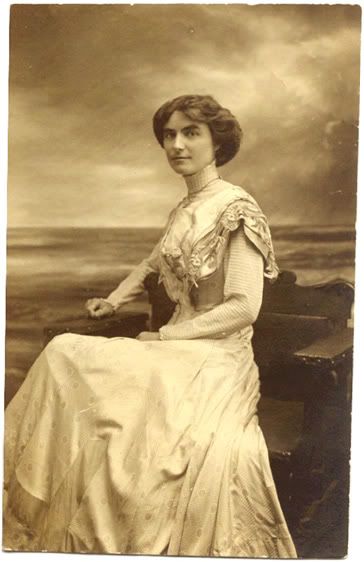
NUMBER FIVE
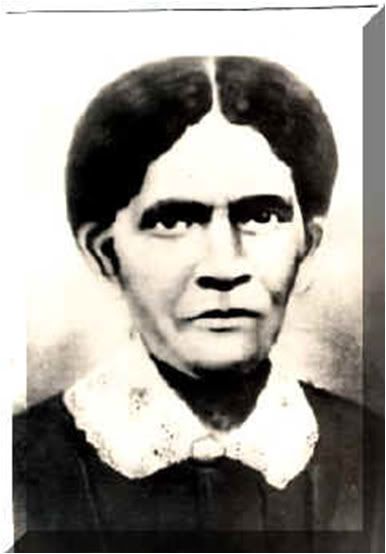
NUMBER SIX

NUMBER SEVEN
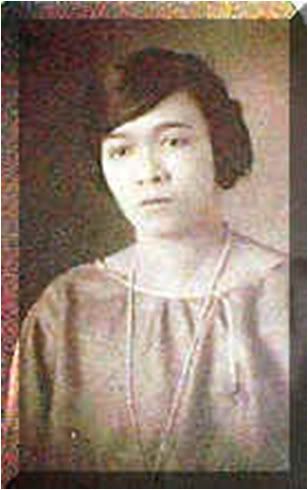
NUMBER EIGHT
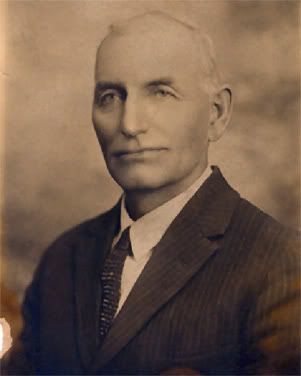
NUMBER NINE
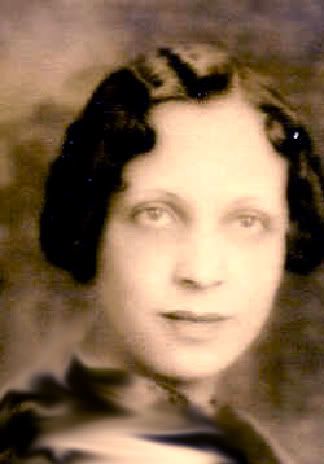
NUMBER TEN
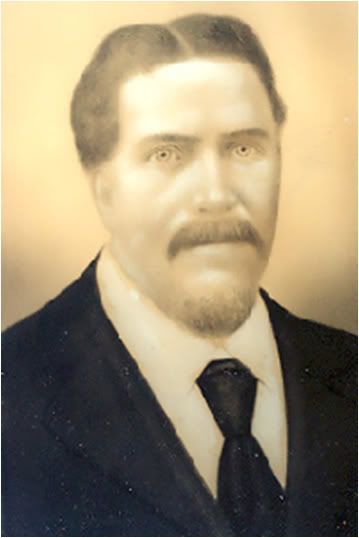
Which of the previous photos is of the person of the highest social class or status?
The American Anthropological Association, after much discussion issued this statement on "Race" in 1997.
It is well worth reading the entire statement. I am selecting but one segment.
Historical research has shown that the idea of "race" has always carried more meanings than mere physical differences; indeed, physical variations in the human species have no meaning except the social ones that humans put on them. Today scholars in many fields argue that "race" as it is understood in the United States of America was a social mechanism invented during the 18th century to refer to those populations brought together in colonial America: the English and other European settlers, the conquered Indian peoples, and those peoples of Africa brought in to provide slave labor.
From its inception, this modern concept of "race" was modeled after an ancient theorem of the Great Chain of Being, which posited natural categories on a hierarchy established by God or nature. Thus "race" was a mode of classification linked specifically to peoples in the colonial situation. It subsumed a growing ideology of inequality devised to rationalize European attitudes and treatment of the conquered and enslaved peoples. Proponents of slavery in particular during the 19th century used "race" to justify the retention of slavery. The ideology magnified the differences among Europeans, Africans, and Indians, established a rigid hierarchy of socially exclusive categories underscored and bolstered unequal rank and status differences, and provided the rationalization that the inequality was natural or God-given. The different physical traits of African-Americans and Indians became markers or symbols of their status differences.
As they were constructing US society, leaders among European-Americans fabricated the cultural/behavioral characteristics associated with each "race," linking superior traits with Europeans and negative and inferior ones to blacks and Indians. Numerous arbitrary and fictitious beliefs about the different peoples were institutionalized and deeply embedded in American thought.
Early in the 19th century the growing fields of science began to reflect the public consciousness about human differences. Differences among the "racial" categories were projected to their greatest extreme when the argument was posed that Africans, Indians, and Europeans were separate species, with Africans the least human and closer taxonomically to apes.
Ultimately "race" as an ideology about human differences was subsequently spread to other areas of the world. It became a strategy for dividing, ranking, and controlling colonized people used by colonial powers everywhere. But it was not limited to the colonial situation. In the latter part of the 19th century it was employed by Europeans to rank one another and to justify social, economic, and political inequalities among their peoples. During World War II, the Nazis under Adolf Hitler enjoined the expanded ideology of "race" and "racial" differences and took them to a logical end: the extermination of 11 million people of "inferior races" (e.g., Jews, Gypsies, Africans, homosexuals, and so forth) and other unspeakable brutalities of the Holocaust.
They have also published an online teaching tool. Called RACE: Are We So Different
We expect people to look different. And why not? Like a fingerprint, each person is unique. Every person represents a one-of-a-kind, combination of their parents’, grandparents’ and family’s ancestry. And every person experiences life somewhat differently than others.
Differences... they’re a cause for joy and sorrow. We celebrate differences in personal identity, family background, country and language. At the same time, differences among people have been the basis for discrimination and oppression.
Yet, are we so different? Current science tells us we share a common ancestry and the differences among people we see are natural variations, results of migration, marriage and adaptation to different environments. How does this fit with the idea of race?
Looking through the eyes of history, science and lived experience, the RACE Project explains differences among people and reveals the reality – and unreality – of race. The story of race is complex and may challenge how we think.
Please pass the link on, and use it as a teaching and discussion tool with your friends or children.
My students have all learned to examine the idea of "race" as a social construct.
Many have asked why we continue to use these outdated categories to define ourselves in this century. Quite a few have decided to no longer check off a "box" for race on forms, and applications, and to demand one classification - "homo sapiens sapiens".
This is a complex issue. We all have been taught to think of ourselves in a racialized way. On the other hand we are all inheritors of wonderful cultural traditions, which reflect the broad diversity of the human experience.
My thoughts on this are also complicated. But I do know this. As long as we accept the boxes of "race" in America, we will not be able to eliminate "racism". The complex intersections of "race", social class, gender, religion, and ethnicity are deeply interwoven into the challenges we face, politically, socially and economically.
I would like to open a dialogue here on these issues, which cannot be covered in just one diary. This is Part 1, of what I hope to make a series.
The classroom is now open :)


